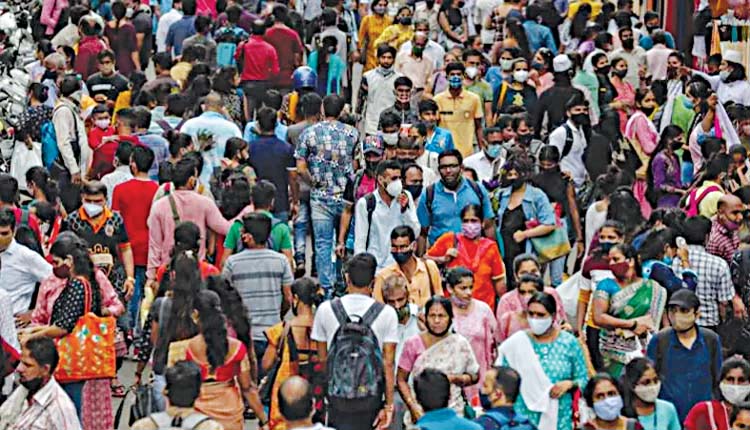New Delhi, May 10 (FN Bureau) A recent working paper by the Economic Advisory Council to the Prime Minister (EAC-PM) has revealed data which suggests that there is a conducive environment to “foster diversity” in India. According to the report, Hindu population decreased by 7.82% between 1950 and 2015 in India, while share of Muslim population rose by 43.15%, reported PTI. The paper titled ‘Share of Religious Minorities: A Cross-Country Analysis (1950-2015)’ stated that said the share of Jains in India’s population fell from 0.45% in 1950 to 0.36% in 2015. “The share of the majority Hindu population decreased by 7.82 per cent between 1950 and 2015 (from 84.68 per cent to 78.06 per cent).
The share of Muslim population in 1950 was 9.84 per cent and increased to 14.09 per cent in 2015 — a 43.15 per cent increase in their share,” said the paper prepared by a team led by EAC-PM member Shamika Ravi. The share of Christian population rose from 2.24% to 2.36% — an increase of 5.38% between 1950 and 2015. According to the paper, share of Sikh population increased from 1.24% in 1950 to 1.85% in 2015 — a 6.58% rise in their share — while the share of Parsi population saw a huge 85% decline, reducing from 0.03% share in 1950 to 0.004% in 2015. “There is a conducive environment to foster diversity in the society,” the paper said, adding that it’s not possible to promote better life outcomes for society’s disadvantaged sections without providing a nurturing environment and societal support through a bottom-up approach, the paper said.
A decrease in the share of majority population and an increase in the share of minorities suggests that net result of policy actions, political decisions and societal processes is to provide a conducive environment for increasing diversity in society, the paper noted. “This is particularly remarkable given the wider context within the South Asian neighbourhood where the share of majority religious denomination has increased and minority populations have shrunk alarmingly across countries like Bangladesh, Pakistan, Sri Lanka, Bhutan and Afghanistan,” the paper said, adding that it is not surprising that minority populations from the neighbourhood come to India during times of duress.

